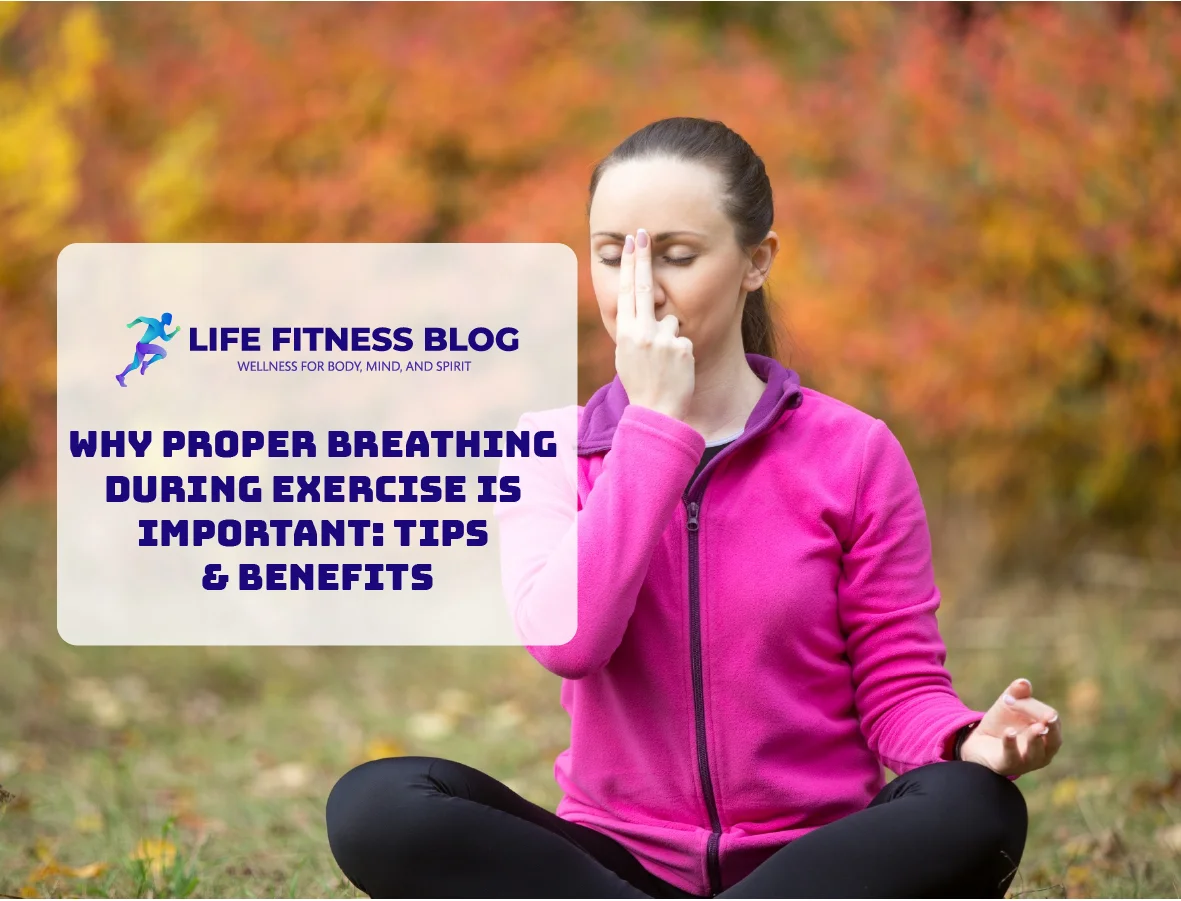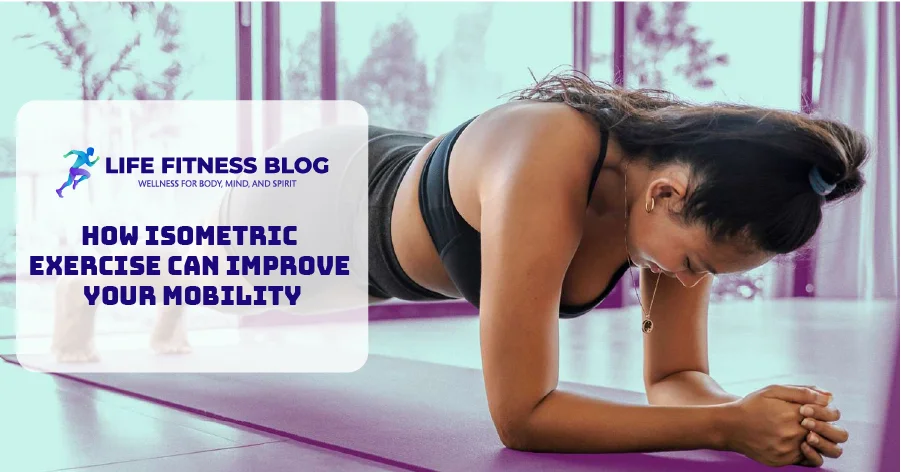Have you ever felt out of breath during a workout, even though you were in good shape? It’s not just about fitness—it’s about how you breathe. Proper breathing during exercise is often overlooked, but it’s a game-changer for performance, recovery, and overall health. Whether you’re running, lifting weights, or practicing yoga, the way you breathe can make or break your workout. In this article, we’ll explore why breathing matters, how it affects your body, and practical tips to breathe better during exercise. Let’s get started!
Table of Contents
The Science Behind Breathing and Exercise
How Breathing Affects Your Body During Workouts
Breathing is more than just inhaling and exhaling—it’s your body’s way of fueling movement. When you exercise, your muscles need oxygen to produce energy. The more efficiently you breathe, the more oxygen reaches your muscles, helping you perform better and longer. On the flip side, poor breathing can lead to fatigue, dizziness, and even muscle cramps.
Your respiratory and cardiovascular systems work together to deliver oxygen and remove carbon dioxide (CO2). If CO2 builds up in your body, it can make you feel sluggish and out of breath. That’s why learning to breathe properly is essential for maintaining energy levels during exercise.
The Connection Between Breathing and Heart Rate
Did you know your breath can influence your heart rate? When you breathe deeply and rhythmically, it helps stabilize your heart rate, keeping you calm and focused. On the other hand, shallow or irregular breathing can cause your heart rate to spike, making your workout feel harder than it should.
For example, runners often use rhythmic breathing techniques to maintain a steady pace and avoid burnout. By syncing your breath with your movements, you can exercise more efficiently and reduce stress on your body.
Benefits of Proper Breathing During Exercise
Improved Performance and Endurance
Proper breathing can significantly boost your performance. When you take deep, controlled breaths, your body gets the oxygen it needs to power through intense workouts. This is especially important for endurance activities like running, cycling, or swimming.
For strength training, breathing correctly helps you lift heavier weights and maintain proper form. Exhaling during exertion (like when lifting a weight) stabilizes your core and reduces the risk of injury.
Enhanced Muscle Recovery
Breathing doesn’t just help during exercise—it also plays a role in recovery. Deep breathing increases blood flow, which helps deliver nutrients to your muscles and removes waste products like lactic acid. This can reduce soreness and speed up recovery time.
Stress Reduction and Mental Focus
Exercise can be stressful, especially if you’re pushing your limits. Proper breathing helps calm your nervous system, reduce anxiety, and improve focus. Techniques like diaphragmatic breathing can even enhance the mind-body connection, making your workouts more enjoyable and effective.
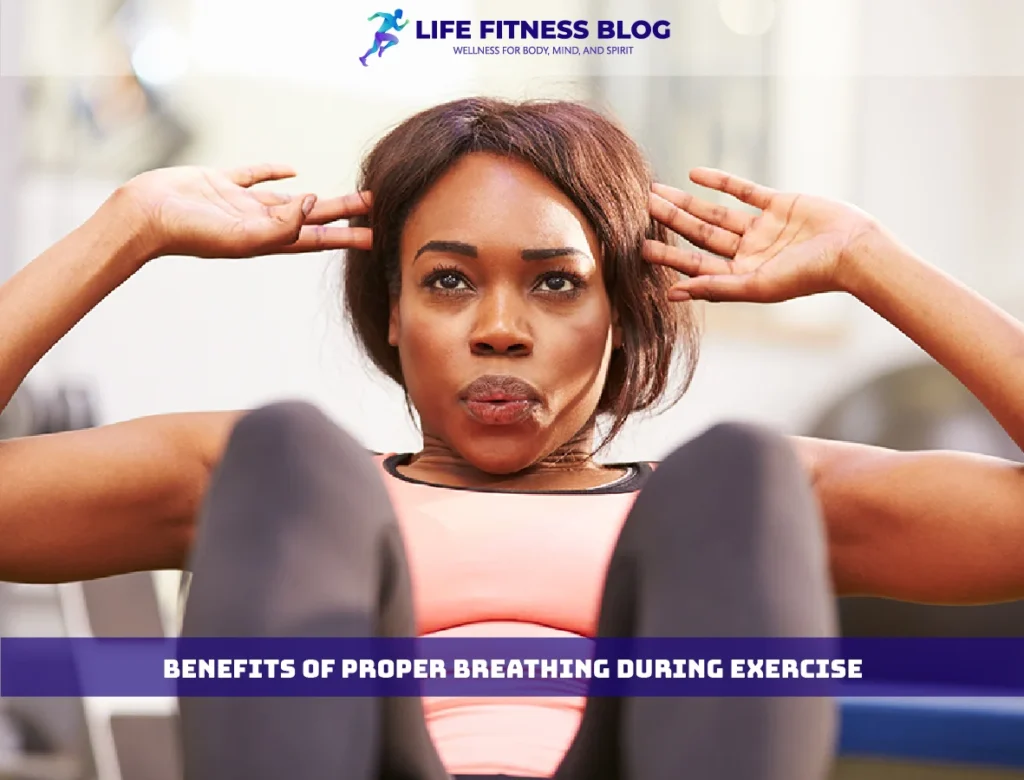
Common Breathing Mistakes to Avoid
Holding Your Breath
Many people hold their breath during strenuous activities, like lifting weights or doing planks. This can increase blood pressure and strain your heart. Instead, focus on exhaling during the hardest part of the movement.
Shallow Breathing
Shallow breathing limits oxygen intake, leaving you feeling tired and out of breath. To avoid this, practice breathing deeply into your diaphragm rather than your chest.
Breathing Too Fast or Irregularly
Rapid, irregular breathing can lead to hyperventilation, which makes it harder to catch your breath. Try to maintain a steady rhythm, especially during cardio workouts.
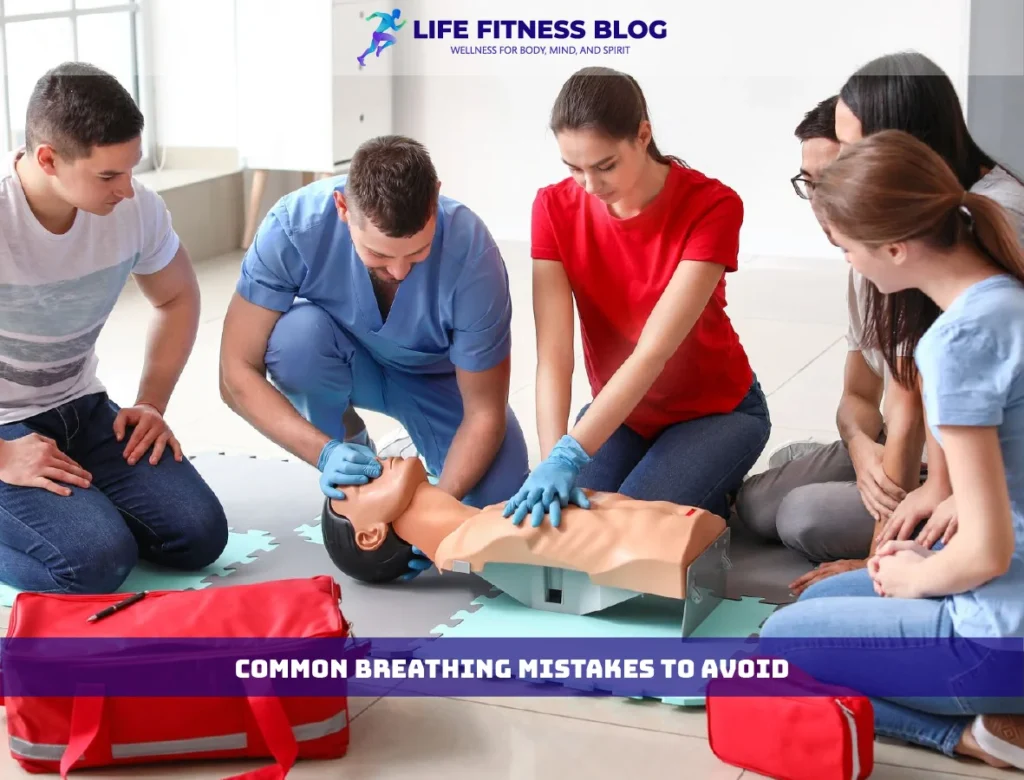
Breathing Techniques for Different Types of Exercise
Breathing for Cardio (Running, Cycling, etc.)
For cardio, rhythmic breathing is key. Try inhaling for three steps and exhaling for two (known as the 3:2 ratio). This helps maintain a steady pace and prevents side stitches.
Breathing for Strength Training (Weightlifting, Resistance Training)
In strength training, exhale during the exertion phase (e.g., when lifting a weight) and inhale during the relaxation phase. This stabilizes your core and protects your spine.
Breathing for Mind-Body Exercises (Yoga, Pilates)
Yoga and Pilates emphasize diaphragmatic breathing. Inhale deeply through your nose, expand your belly, and exhale slowly through your mouth. This enhances relaxation and improves flexibility.
Practical Tips to Improve Your Breathing During Exercise
Practice Diaphragmatic Breathing
Diaphragmatic breathing involves breathing deeply into your belly rather than your chest. Here’s how to do it:
- Lie on your back with one hand on your chest and the other on your belly.
- Inhale deeply through your nose, letting your belly rise.
- Exhale slowly through your mouth, feeling your belly fall.
- Repeat for 5-10 minutes daily.
Incorporate Breathing Exercises into Your Routine
Before your workout, try this simple breathing exercise:
- Sit comfortably with your back straight.
- Inhale for 4 counts, hold for 4 counts, exhale for 4 counts, and hold for 4 counts.
- Repeat for 5-10 cycles.
Monitor Your Breathing Patterns
Pay attention to how you breathe during exercise. If you notice shallow or irregular breathing, slow down and focus on taking deep, controlled breaths.
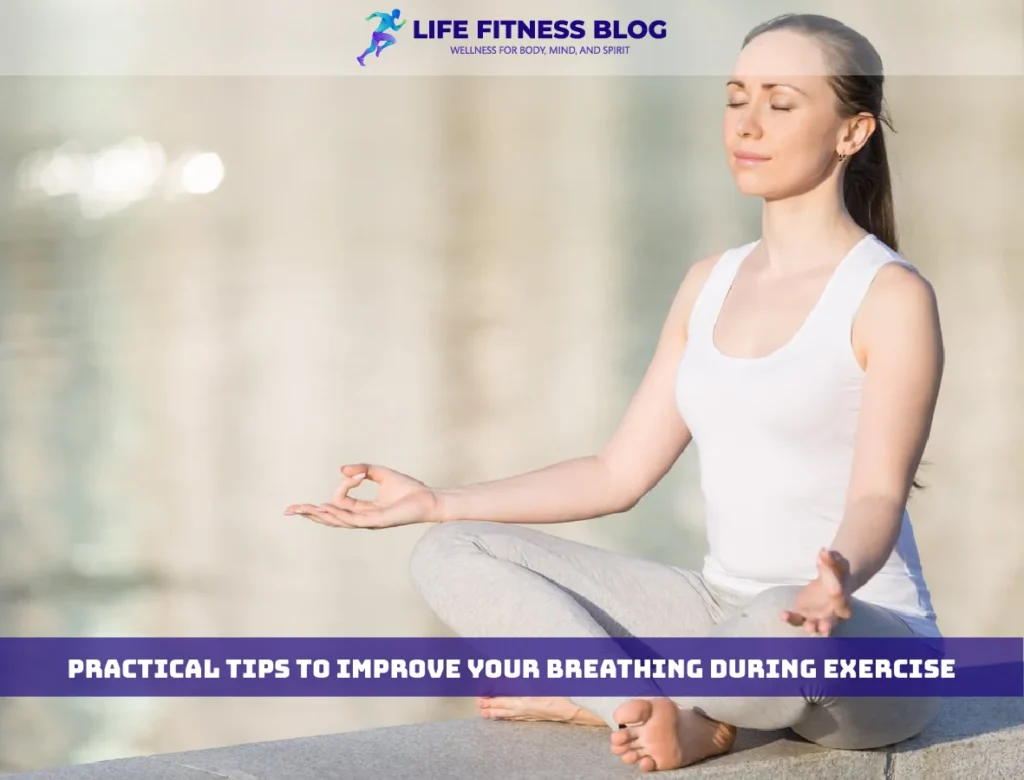
Conclusion
Proper breathing during exercise isn’t just a small detail—it’s a cornerstone of performance, recovery, and overall health. By understanding how breathing affects your body and practicing the right techniques, you can transform your workouts. Whether you’re running, lifting weights, or practicing yoga, mastering your breath will help you perform better, recover faster, and feel more focused.
Start paying attention to your breathing today. Try diaphragmatic breathing, incorporate rhythmic patterns, and avoid common mistakes like holding your breath. With a little practice, you’ll notice a significant difference in how you feel during and after exercise.
Also Read: The Importance of Proper Nutrition for Fitness
FAQs
Why is proper breathing important during exercise?
Proper breathing ensures your muscles get enough oxygen to perform efficiently. It also helps stabilize your heart rate, reduce stress, and improve recovery. Without it, you may feel fatigued, dizzy, or out of breath.
How do I know if I’m breathing correctly during exercise?
If you’re breathing correctly, your breaths should feel deep and controlled, not shallow or rushed. You should also feel your belly rise and fall (diaphragmatic breathing) rather than just your chest moving.
What’s the best breathing technique for running?
For running, try the 3:2 rhythmic breathing technique—inhale for three steps and exhale for two. This helps maintain a steady pace and prevents side stitches.
Can improper breathing cause injuries?
Yes, improper breathing, like holding your breath during weightlifting, can increase blood pressure and strain your muscles. It can also lead to poor form, increasing the risk of injury.
How can I improve my breathing for strength training?
Focus on exhaling during the exertion phase (e.g., when lifting a weight) and inhaling during the relaxation phase. This stabilizes your core and protects your spine.

